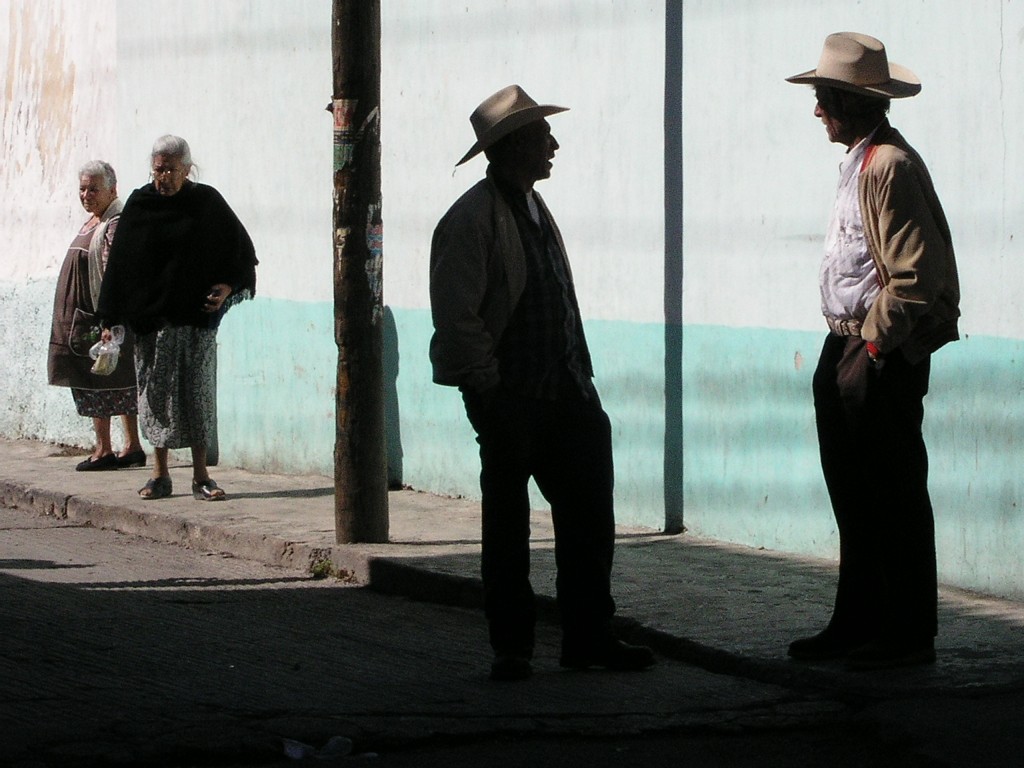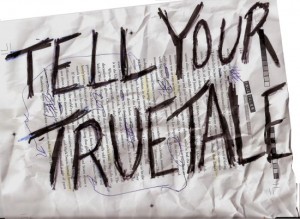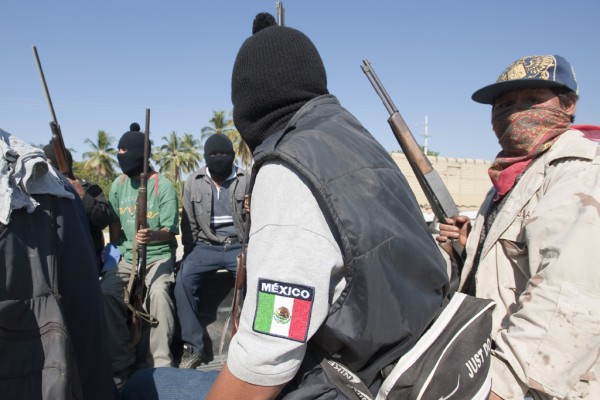
Mexico’s new president, Enrique Pena Nieto, has begun a new strategy intended to coordinate federal, state and local police forces in the fight against the rampant criminality of kidnapping, robbery, exortion, murder that is the detritus of cartel wars.
Michoacan has been horribly affected by all this — with some areas controlled by squads of roving criminal bands against which the local police are powerless. In one town I visited often, residents tell me a cell from one of the groups disputing control in the state with what amounts to a roadblock at the entrance to town inquiring who is coming through and what their business is.
The state is among the first to receive funds, and federal attention, in EPN’s new plan, which will also include funding for help to the 68 municipios with the highest homicide rates — Tijuana, Culiacan, Juarez, Acapulco, and others.
Michoacan is a great state. I spent dozens of trips wandering through the state, looking for stories about, in those years, mostly immigrants, as so many Michoacanos have migrated to the US.
Those kinds of trips are now impossible due to the spread of the violence.
The idea of combining and coordinating police forces has some appeal — instead of the use of the military, as ex-president Felipe Calderon resorted to. Soldiers aren’t trained or prepared for police work, after all.
Problem is, that many police forces aren’t either. I’m wondering whether local police forces can be effectively used at all. Or state forces, for that matter. They are not just corrupt in many cases. They are poorly funded, equipped, trained, educated.
This is why, after all, Calderon resorted to the military — something for which he was widely criticized. He had no other weapon at his disposal but soldiers.
I’m reminded of a conversation I had recently with a man in Los Angeles who is from a rancho near Apatzingan. He told me that he returned home and on two corners he saw headless bodies. Whenever a police issue arose, officers sent citizens to the cartel gunmen to get them resolved, as they were the real power.
It’s possible when this new strategy plays itself out, we all may understand better why Calderon acted in the way that he did.







